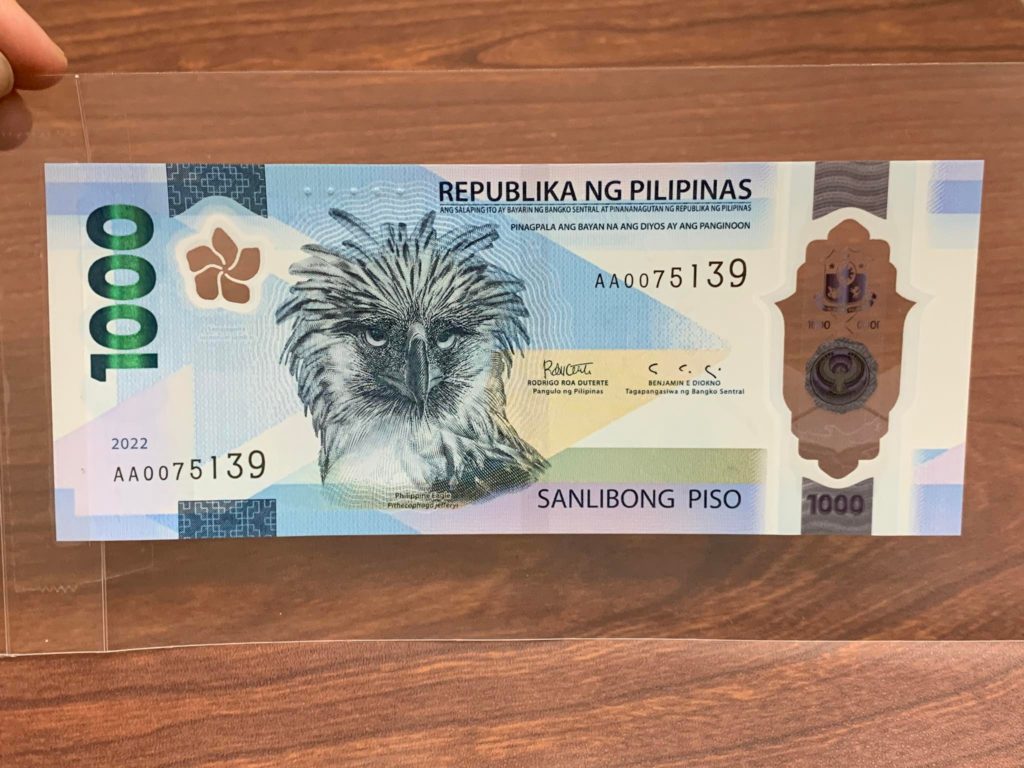
A sample of the P1,000-piso polymer banknote. | CDNDigital photo / Morexette Marie Erram
CEBU CITY, Philippines – The Bangko Sentral ng Pilipinas – Visayas Regional Office (BSP-VRO) announced on Tuesday, July 5, that the new P1,000-piso polymer banknote will start its circulation in Cebu and Bohol in the coming months.
In a press conference, Anna Clara Oville, director of BSP – VRO, said consumers in Cebu and Bohol can expect to get ahold of the the new bill design this October.
Oville said 850,000 pieces of the new P1,000-piso banknote, equivalent to P850 million, will be allocated.
“The new polymer banknote is not yet in circulation in the region. It’s still in. NCR (National Capital Region),” Oville said.
The BSP last April 2022 began circulation of the new P1,000 banknote which is based on polymer.
BSP – VRO officials said during Tuesday’s briefing that the central bank’s decision to change not only the design but the material of the banknote was due to multiple reasons.
These included cost-efficiency, preempting counterfeiting, and for sanitation.
Gregorio Bacay III, acting bank officer of BSP-VRO, said polymer banknotes, albeit more expensive when produced, are more durable compared to the old paper-based ones.
“Let’s remember that the polymer banknotes can last more between 2.5 to five times longer than paper banknotes. That’s why it’s cost-efficient,” said Bacay.
On the other hand, BSP-VRO clarified that even if the new polymer piso will begin its circulation, production is still ongoing.
“These two banknotes still coexist,” said Oville.
In the meantime, Oville urged consumers to handle the banknotes, whether old or new, with care.
She clarified that while folded banknotes are still acceptable, its durability will be reduced.
“There’s no special treatment in the new polymer banknotes. Let’s treat our banknotes with care,” said Oville.
RELATED STORIES
Public urged: Be on the lookout for fake bills
BSP urges public: Don’t deposit bills with staple wires, cellophane tapes
/dcb